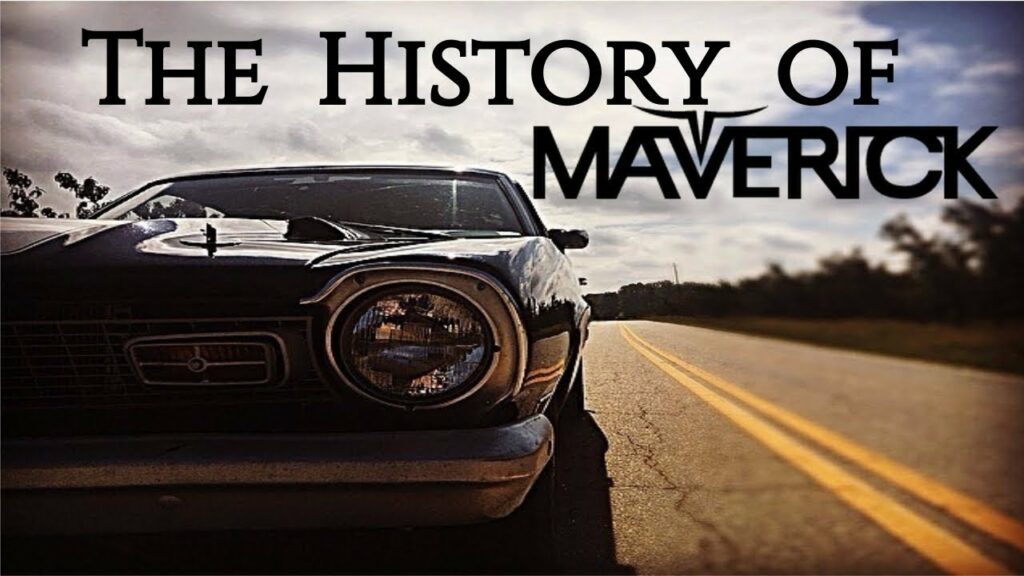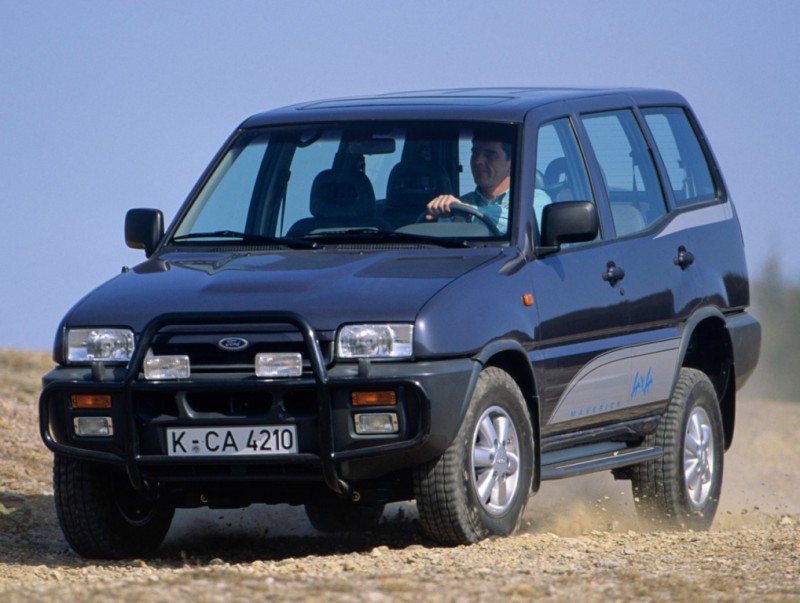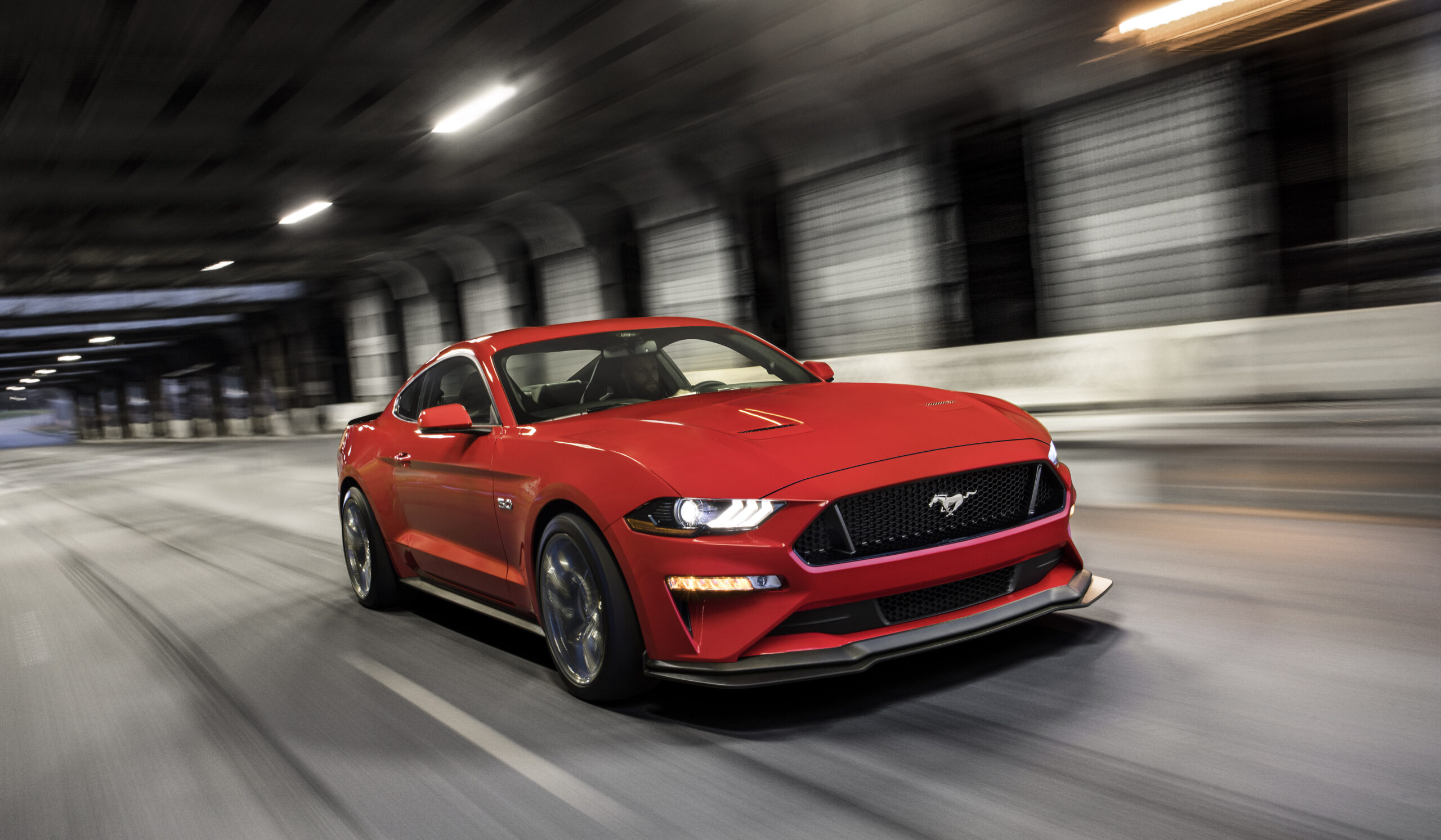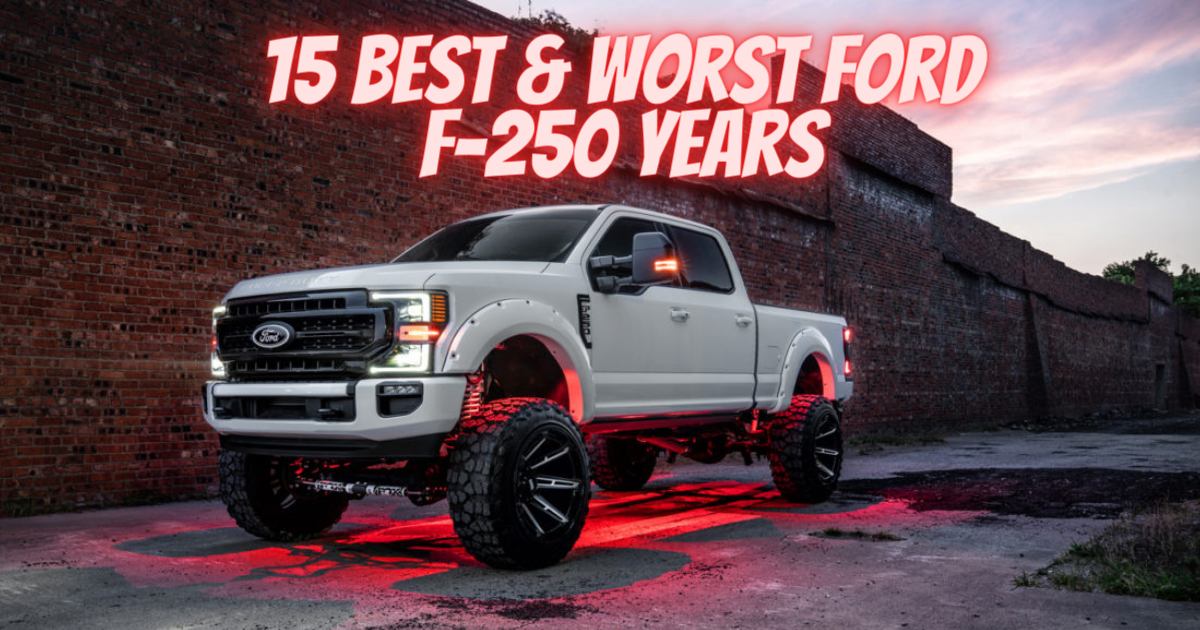
The Maverick nameplate first emerged in the 1970s on a compact car offered in North America and Brazil. The Maverick debuted as a two-door coupe in the wake of the Ford Mustang, a compact designed against small imported cars like the Volkswagen Beetle and models from Datsun and Toyota that soon conquered the small car market.
Like a Mustang, it was named after a Maverick horse, had a Mustang-like appearance, and ultimately became as popular as a Mustang. The name refers to a rancher who was well-known for his unbranded cattle; his herd seemed to belong to no one, but Ford chose to adopt a symbol that was modeled like a longhorn calf.
In its first year of sales, Ford sold about 600,000 units, three times the number of Mustangs sold in 1970. A departure from Ford’s previous Falcon, the smaller Maverick marked a fresh course of action. This model was produced in North America until 1977 and in Brazil until 1979.
Following that, Ford put the Maverick name on three vehicles mechanically unrelated to the first-generation model. These comprised an Australian-based Nissan Patrol SUV that was rebranded and sold from 1988 to 1994, a European-based Nissan Terrain II that was rebranded and sold from 1993 to 1999, and a European-based Ford Escape that was marketed from 2001 to 2005.
1969–1977: The Original Ford Maverick

The 1970 model had two engine options in the first half of production: a 105 hp (78 kW) 170 cu in (0.098 cu ft) straight-six and a 120 hp (89 kW) 200 cu in (0.11 cu ft) straight-six. Midway through the year, a 250-cu-in (0.14-cu-ft) straight-six was introduced.
In 1971, a four-door version with a vinyl roof was added to the lineup. Additionally, Mercury brought back the Comet, rebranding it as the Maverick. In 1971, the Comet and the Maverick both gained an optional 302 CID V8 engine that could produce 210 hp (160 kW). The Comet was distinguished from the Maverick by a distinctive grille, taillights, trim, and hood.
In the middle of 1970, the Maverick Grabber trim package was launched. The upgrade included wider tire fittings, graphics, and decor, including a spoiler. It was available from 1970 to 1975. In 1971 and 1972, the Grabber was offered with a unique “dual dome” hood.
In 1973 and 1975, there were some slight modifications. The 170 CID engine was discontinued in 1973, and the 200 CID I6 became the standard engine. The brakes were also upgraded, and a chrome grille that had been an option was now standard. Additional standard features included aluminum wheels, an AM/FM stereo, and a slightly wider front bumper to meet federal 5 mph (8 kph) requirements.
The Maverick was virtually unchanged in 1974, with the exception of new, wider front and rear bumpers that had to comply with 5 mph (8 kph) traffic standards and new rear quarter panel end caps. In 1975, the Maverick got minor trim modifications, including new grilles and the replacement of nameplates on the bonnet and trunk lid with Ford nameplates in block letters.
The Grabber package was discontinued in 1976 and replaced with the “Stallion” package. The Stallion package had unique trim and paint. The foot-operated parking brakes on Standard Mavericks replaced the outdated under-dash T-handle systems, while new grilles and front disc brakes were added as standard features. The first Maverick automobile was produced in North America until 1977 and for two additional years in Brazil.
1988-1994 Ford Maverick

The next chapter in the history of the Ford Maverick badge was the rebadging of other models by automakers in an attempt to save the Australian auto industry. Toyota sold Holdens, Holdens sold Toyotas, and Ford sold Nissan Patrols badged as Mavericks.
It was essentially the fourth-generation Patrol with new badging and drum brakes that was on sale from 1988 to 1994. This seems to be the best use of the Maverick name since it was just a regular Nissan rustled up by the Blue Oval down under.
1993-1999 Ford Maverick

Third in line to wear the Ford name and a Maverick badge was another rebranded Nissan. In contrast to the Ford version, this peculiarly shaped compact SUV was manufactured by Nissan of Spain and sold at the brand’s retail outlets under the name Terrano II. Nissan sold this model generation from 1993 until 2006 when it was severely outdated.
In 1996, the car was facelifted, getting round headlights. The Terrano II entered the Australian market later than other models, with sales beginning in April 1997. It was only available with a manual gearbox; the lack of an automatic option limited its market potential.
The Ford Maverick was discontinued at the start of 1999. Despite being a low-cost model, its body-on-frame construction allowed the small off-road vehicle to withstand significant impact.
2000–2007 Ford Maverick

The fourth Ford Maverick was yet another car with a new name, but at least it was in the same family. It was a cross between a Ford Escape and a Mazda Tribute, but in Europe, it was called a Maverick. When this Maverick (with the Mazda dash) first appeared in 2001, the small crossover was still in its early stages.
This Maverick looked more rugged than anything that was available in Europe at the time. The car did well in sales, but even Ford realized that the name was strange and represented a low-quality, earlier-generation Nissan. In 2007, Ford’s European division discontinued the Maverick brand for the second and last time.
The second-generation Escape that was sold in America between 2008 and 2012 was not authorized to enter Europe. Rather, the Kuga, a more car-like crossover made especially for European roads, took the Maverick’s place in the lineup. Strangely enough, the 2012 release of the second-generation Kuga gave rise to the third-generation Escape in the United States.
2022–2024 Ford Maverick
2022 Ford Maverick

As the first compact truck from Ford since the last generation Ranger was phased out of production in 2011, the 2022 Ford Maverick is basically all new. The 2022 Maverick is built on the same front-wheel drive framework as Ford’s most well-liked vehicles, the Bronco Sport and the Escape.
The Maverick has a standard 2.5-liter Atkinson-cycle four-cylinder hybrid engine that produces 191 hp (142 kW) and 155 lb-ft of torque. Ford claims the Maverick’s hybrid drivetrain can deliver 40 city mpg and 1,500 pounds (680 kg) of payload. It is only available with front-wheel drive.
Ford provides a 2.0-liter four-cylinder turbocharged upgrade for increased power and capability. It has an eight-speed automatic gearbox that delivers 277 lb-ft of torque and 250 hp (186 kW). This engine can tow up to 4,000 pounds (1814 kg) when paired with the optional 4K Tow Package.
The 2022 Ford Maverick also won the Forbes Wheels Pickup Of The Year. The Maverick has three trim levels: XL, XLT, and Lariat. A standard XL costs roughly $20,000, while a Lariat costs roughly $25,500.
2023 Ford Maverick

While the 2023 Ford Maverick pickup is largely a carryover, it does come with a few noteworthy extras, like the Ford Co-Pilot360 Assist Package, which adds adaptive cruise control, and the Black Appearance Package.
There are two engine options, each desirable based on your demands.
Hybrid configurations are standard, and they use a 2.5-liter four-cylinder engine and a 1.1 kWh battery pack to provide 191 hp (142 kW) and 173 lb-ft of torque, which are transmitted solely to the front axle via a continuously variable gearbox.
Those searching for all-wheel drive must settle for the 2.0-liter turbocharged petrol engine with 277 lb-ft of torque and 250 hp (186 kW), coupled with an eight-speed automated gearbox. There is an additional $2,220 for the all-wheel-drive system, which includes a separate rear suspension.
The all-wheel-drive Maverick gets 25 mpg on the highway and 37 mpg on the highway, while the front-wheel-drive hybrid gets 26 mpg, and the upgraded engine gets 37 mpg. There are three trim levels for the 2023 Maverick truck: XL, XLT, and Lariat. Base prices range from $23,670 to $29,430.
2024 Ford Maverick

The 2024 Ford Maverick no longer comes standard with a hybrid powertrain. In contrast to earlier model years, the small pickup truck’s electrified engine is currently an option. Ford gives the 2024 Maverick two engine choices, but the base engine has changed for the new year.
The standard 2.0-liter, four-cylinder turbocharged engine in the Maverick produces 250 hp (186 kW) and 277 lb-ft of torque. The engine is mated to an eight-speed automatic gearbox. At a price of $2,220, you can upgrade to all-wheel drive from the standard front-wheel drive.
There is also a hybrid version of the Maverick that has a 2.5-liter, four-cylinder engine, an electric motor, and a 1.1-kWh battery pack. The engine is capable of producing 191 hp (142 kW) and 173 lb-ft of torque. The hybrid powertrain features front-wheel drive and a continuously variable automatic gearbox.
The 2024 Ford Maverick can achieve up to 25 mpg combined (23 mpg in the city and 30 mpg on the highway) with the standard turbocharged engine and FWD. Those numbers decrease to 24 mpg overall with all-wheel drive, which translates to 22 mpg in the city and 28 mpg on the highway.
There are three different 2024 Ford Maverick trim levels to choose from: XL, XLT, and Lariat. Pricing for the truck starts at $24,995 and goes up to $36,450 for the Lariat.
FAQs
How did the Ford Maverick nameplate come to be?
In order to compete with small import automobiles, the Maverick nameplate was originally used on compact cars in Brazil and North America in the 1970s. The car was intended to be a two-door coupe. Following generations in many nations, it gained popularity in its initial year of sales and was called after a Maverick horse.
What number of Ford Maverick generations were made?
There have been multiple generations of the Ford Maverick. Production of the original model lasted from 1969 to 1977. Later, the name was applied to unrelated cars in Europe and Australia. The Maverick made a comeback as a compact crossover in 2000 and made a second appearance as a compact truck in 2022
When was the Ford Maverick compact truck reintroduced?
The Ford Maverick made a comeback in 2022 as a compact truck, the company’s first since the 2011 release of the final generation Ranger. It shares the same front-wheel-drive platform as the Escape and the Bronco Sport.
Conclusion
From its humble origins in the 1970s to its growth over the years, the Ford Maverick has remained a popular model among pickup truck supporters. Its heritage lives on in the present Ford Ranger, which maintains many of the design aspects and features of the Maverick.
As we look to the future of pickup trucks, we can only speculate on what new advancements and designs will emerge. But one thing is sure: The Ford Maverick will always be remembered as a unique vehicle in pickup truck history.




